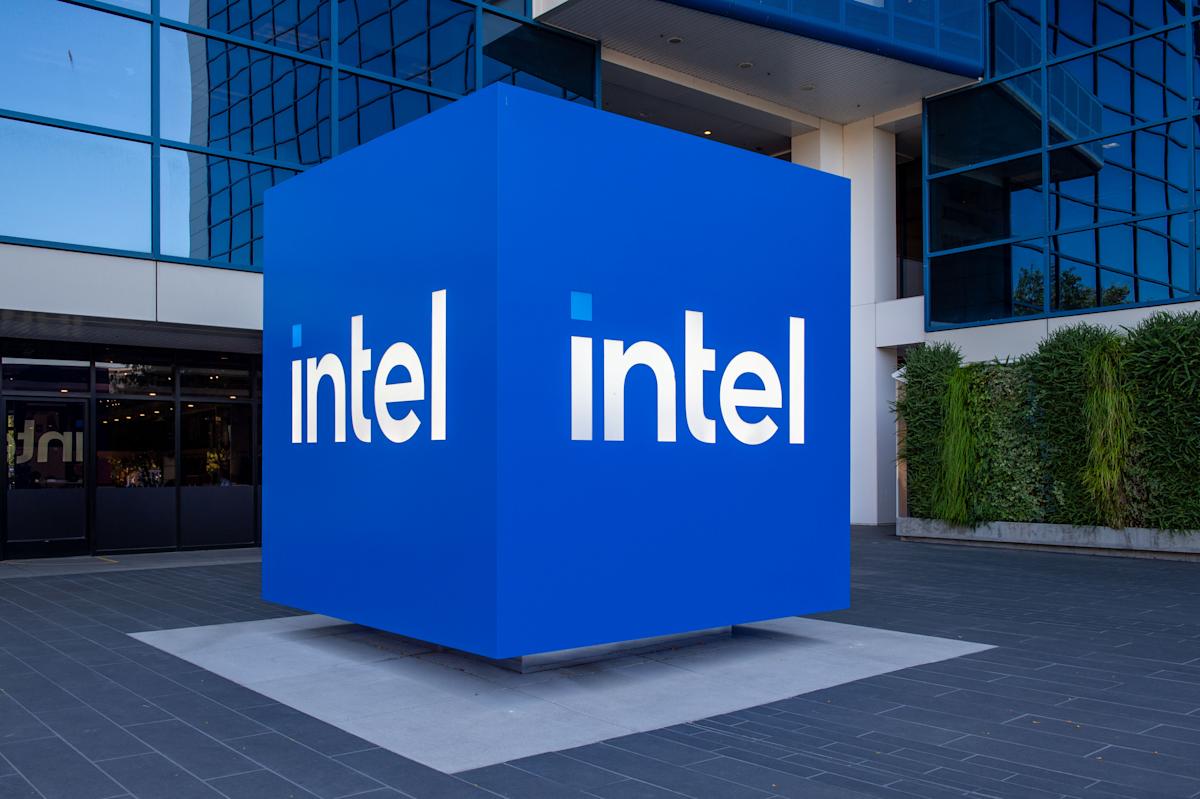
Intel and AMD: Details of the Market Share Battle


Intel (INTC) is undergoing a significant transformation effort to restore the semiconductor manufacturer to its former glory. The company has begun to show the first signs of life, thanks to the strong performance of its data center products, as its latest financial earnings surpassed expectations; however, it is still not on solid ground.
In this process, long-time rival AMD (AMD) is gaining a bit of an advantage in the market, pulling market share away from Intel in the data center and personal computer sectors. During the Financial Analyst Day in New York, CEO Lisa Su stated that the company expects to capture more than 50% of the CPU server revenue market share in the next three to five years, supported by its Epyc processors. This figure represents an increase from the company's current 40% level.
Su also expects AMD to see a 10% revenue growth in its client business, which includes sales of gaming and personal computer chips. Overall, the company aims to exceed a 40% share of client revenue market, which signifies a significant increase from the current 28% rate.
According to data from Mercury Research, this situation will reduce Intel's share in the client market from approximately 72% to 60%, marking a rapid decline for the company. Intel and AMD are the only companies that produce processors using the x86 architecture. While these processors differ from chips based on architectures such as Arm's or Nvidia's, they form the fundamental building blocks of the technology industry.
Analyst Stacy Rasgon noted in a report to investors that projections are "somewhat ambitious/idealistic," indicating that while it may be possible, it does not offer a definitive guarantee. Ultimately, the uncertainty surrounding whether Su's projections will come to fruition remains. Companies often present missed or exceeded short or long-term projections; however, the risks are real for Intel.
Intel, rather than resting, is fighting back. The company has finally begun to roll out the long-awaited 18A chip technology with the Core Ultra series 3 client CPU and Xeon 6+ data center CPU. Additionally, both companies are striving to gain market share against Nvidia (NVDA), which is estimated to have an 80% to 90% control in the artificial intelligence (AI) market. However, AMD is considerably ahead of Intel, and Su indicated that she expects a 60% increase in the AI GPU revenue projected to be $16 billion in 2025.
In October, Intel introduced the next-generation AI data center chip, codenamed Crescent Island. The company announced that this chip would utilize Xe3P microarchitecture and support up to 160GB of memory.
Newman stated, "Intel is currently recovering. It's finding focus and improving economic conditions. However, AMD has successfully executed and gained momentum. The possibility of Intel losing its number one position in the CPU and DC CPU markets is real. There is a chance for correction but also existing risks," he said.
Benzer Haberler
.png)
Yakında Tüm Platformlarda
Sizlere kesintisiz haber ve analizi en hızlı şekilde ulaştırmak için. Yakında tüm platformlarda...




.png)